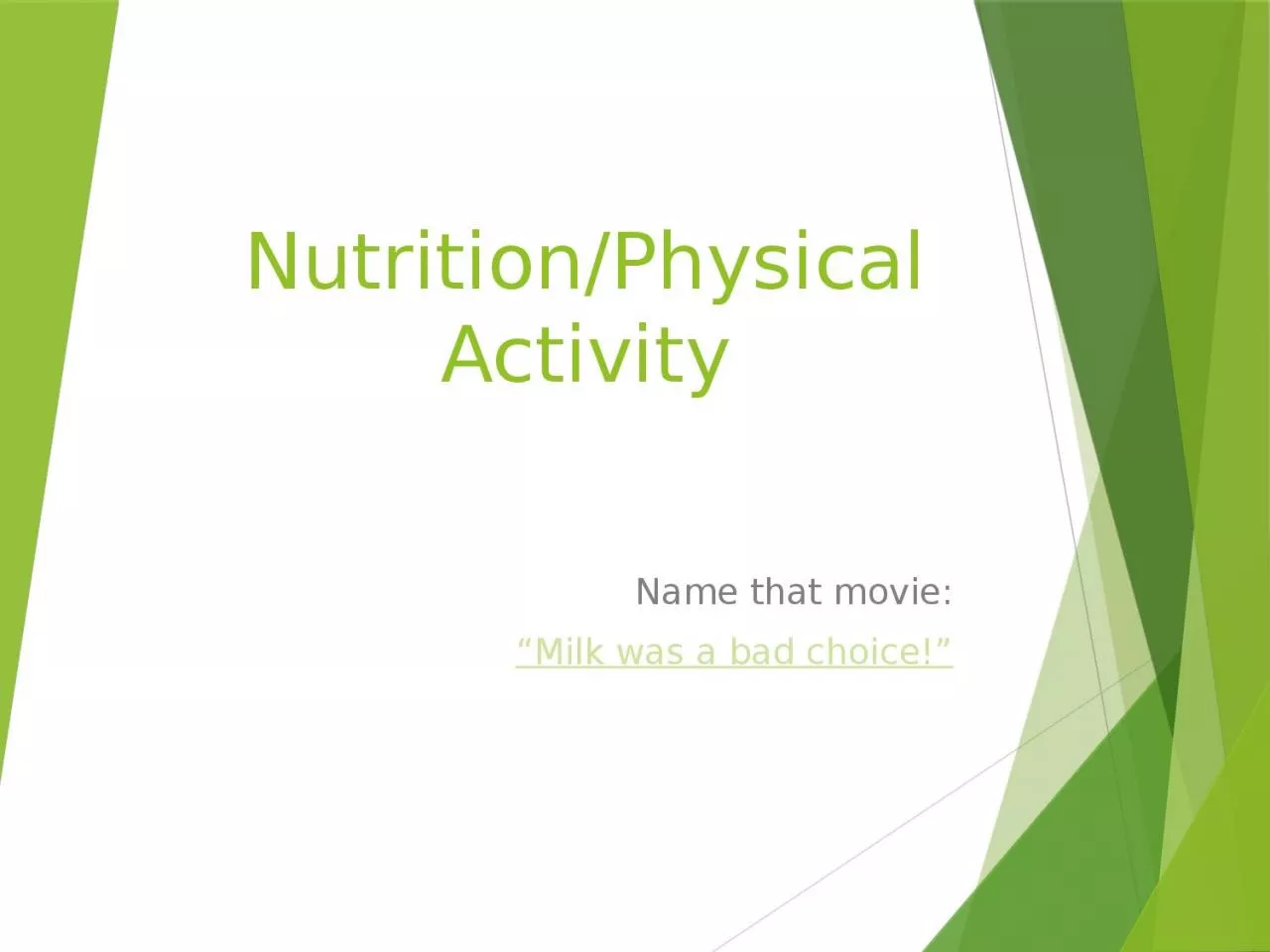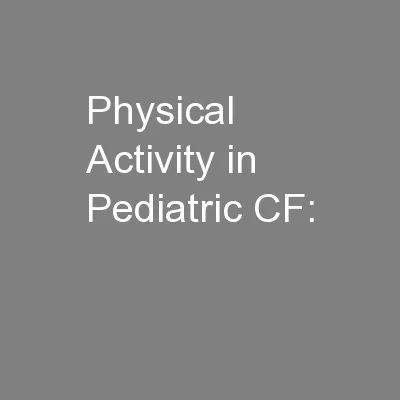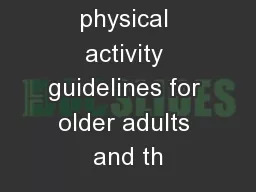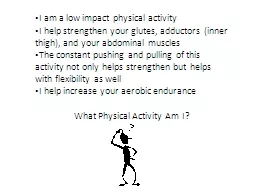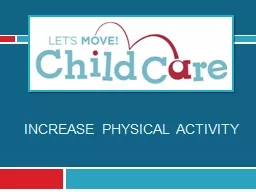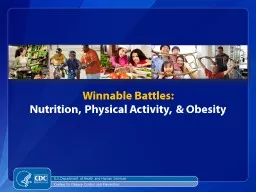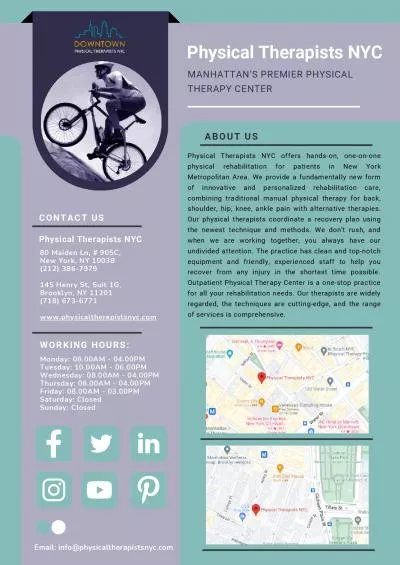PPT-Nutrition/Physical Activity
Author : jainy | Published Date : 2024-03-15
Name that movie Milk was a bad choice ThinkPairShare By yourself brainstorm what influences people to make food choices 23 minutes With a partner discuss your ideas
Presentation Embed Code
Download Presentation
Download Presentation The PPT/PDF document "Nutrition/Physical Activity" is the property of its rightful owner. Permission is granted to download and print the materials on this website for personal, non-commercial use only, and to display it on your personal computer provided you do not modify the materials and that you retain all copyright notices contained in the materials. By downloading content from our website, you accept the terms of this agreement.
Nutrition/Physical Activity: Transcript
Download Rules Of Document
"Nutrition/Physical Activity"The content belongs to its owner. You may download and print it for personal use, without modification, and keep all copyright notices. By downloading, you agree to these terms.
Related Documents

